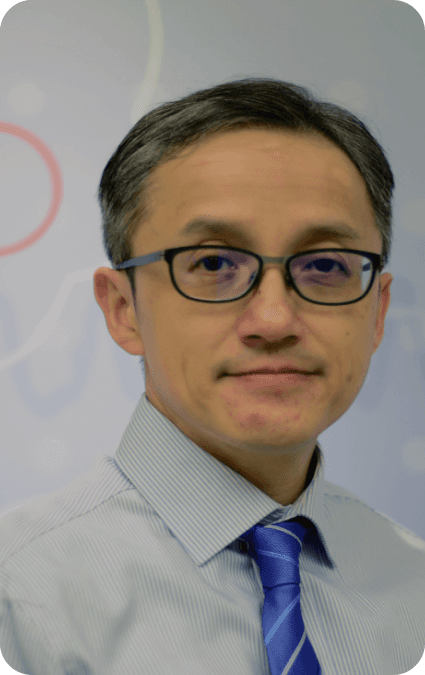What is transcranial Photobiomodulation?
Photobiomodulation (PBM) uses light, typically red or near infrared light, to modulate biological processes in the body. Near infrared light can penetrate into the mitochondria of the brain, and be absorbed by mitochondrial chromophores, such as cytochrome c oxidase. This then leads to increased production of adenosine triphosphate (ATP), the energy currency of the cell, and promotes a cascade of beneficial outcomes, such as:
Promoting neurogenesis and synaptogenesis
Increasing neuroplasticity
Reducing inflammation
How to use PBM to enhance your Neurofeedback practice?
Oftentimes, neurofeedback providers use PBM as a primer before initiating a neurofeedback session with a client. By reducing inflammation, increasing circulation, and supplying the brain with ATP, PBM prepares the brain to get the most out of the neurofeedback training. Some of our providers have even noted PBM reduces the number of neurofeedback sessions required to get the same results.
Neurofeedback and PBM
A Synergistic Approach
Neurofeedback is an effective therapy that heavily relies on neuroplasticity and neurogenesis to produce desired results. Photobiomodulation has been shown to promote both neuroplasticity and neurogenesis, leading to enhanced results from the synergy between neurofeedback and photobiomodulation.
Studies suggest that changes in brain activity induced by neurofeedback can lead to synaptic remodeling and the formation of new synaptic connections (Ros et al., 2010). In order for these changes to happen, the brain must have sufficient resources. This is where photobiomodulation steps in! By PBM supplying the brain with ATP, improving circulation, and decreasing inflammation, the brain has the necessary resources and environment to carry out the modifications induced by neurofeedback. This synergistic approach, combining neurofeedback and photobiomodulation, often yields enhanced therapeutic outcomes.
Similarities and differences –
Neurofeedback and transcranial Photobiomodulation
9,884 studies on PubMed look at the benefits of PBM for
256 LEDs with 1070 nm
with four quadrant control
Used by thousands of real people
and health care professionals
Dr. David Haase
Integrative Health & GP
Lucy
This device is very user friendly. It is easy to follow the protocol that was set up for us, and it has become part of our daily routine. We travel between two homes, and the packaging of the device with all of the parts keeps it protected and safe. We look forward to seeing good results that continued use will bring.
Giovanna Swanson
Functional Medicine
Andrew Hill, PhD
Neurofeedback
Andrea Araujo
Neuronic's Neuradiant 1070 Plus helmet was introduced to me by a colleague, and soon became a tool in my own clinical practice. After purchasing it for use to recover from a concussion, I was amazed how quickly my brain recovered and both my memory and focus were improved. I am now a consultant and use the helmet on my clients regularly before their neurotherapy sessions as well. It is a game-changer!
Dr. Bradley Engwall MD
Psychiatrist & Medical Doctors
Dr. Scott Pensivy
Physical Therapist & Licensed Athletic Trainer
Roger Drew
Psychology
Dr. Ed Sharlin
Neurology & Functional Medicine
Paul Conrady
Alternative Therapies Business
Jordan
THIS HELMET IS A GAME CHANGER!
This company is extremely easy to work with!
This company is extremely easy to work with. They show care in every aspect of their work, provide genuine gratitude to the consumer, and are quick to respond to any issues. I would highly recommend Neuronic to anyone.
























